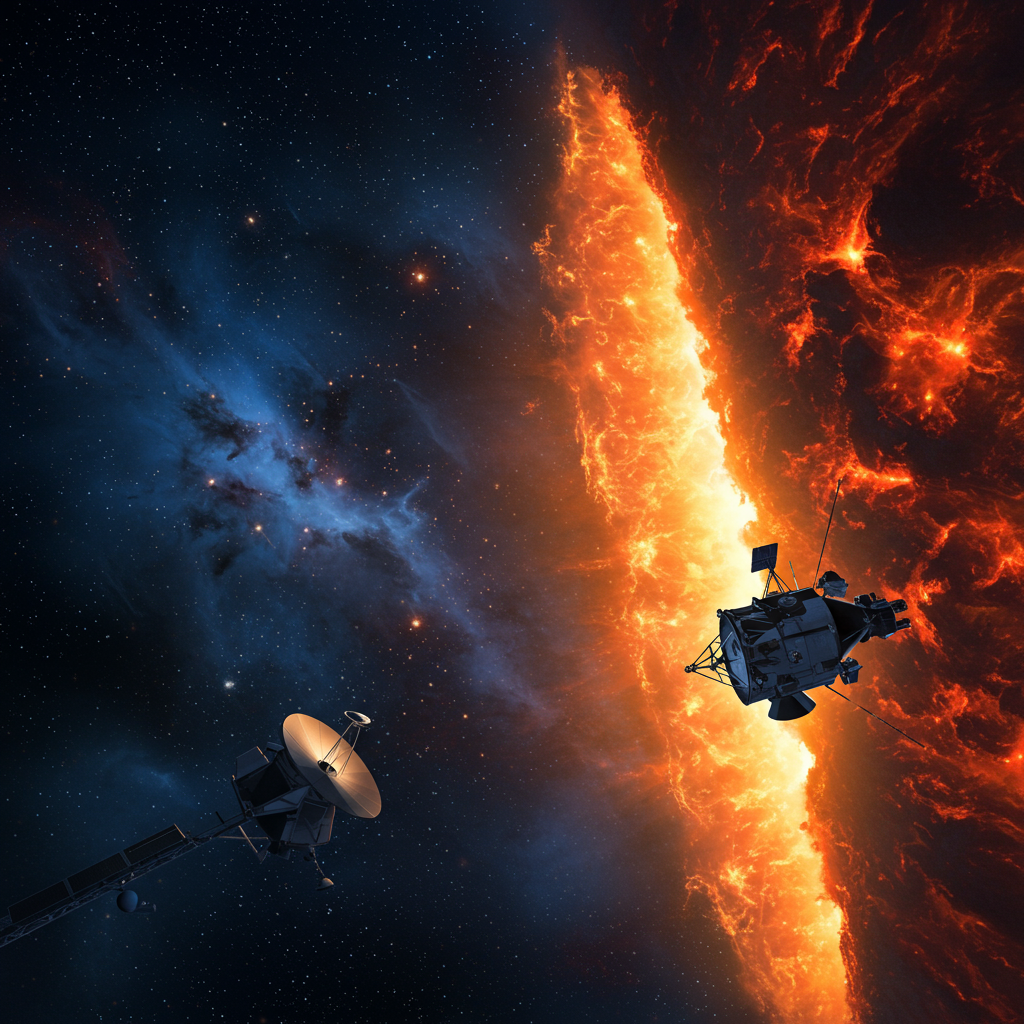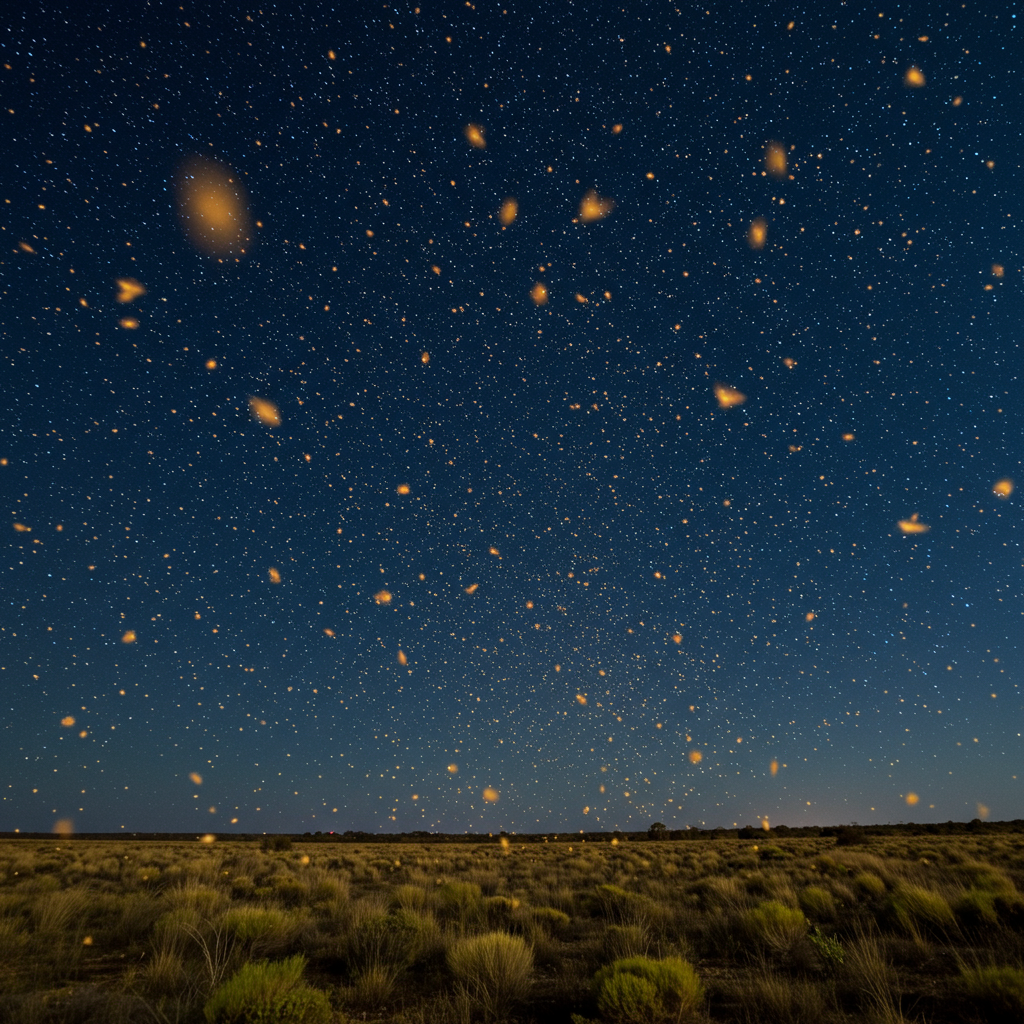The universe is about to come into sharper focus. The Vera C. Rubin Observatory, a monumental astronomy project over two decades in the making, is set to unveil its highly anticipated first images. This event marks a critical step towards a new era of discovery, and you can witness the historic reveal live.
Witnessing the Cosmic Debut
The official “first look” event is scheduled for Monday, June 23, at 11 a.m. ET. Hosted by the National Science Foundation (NSF) and the Department of Energy (DOE), this online event will showcase the initial snapshots captured by the observatory’s groundbreaking camera and feature one of its unique high-resolution time-lapse “movies” of the sky.
You can easily tune into the livestream right here when the event begins. For those seeking a more communal experience, in-person watch parties are being organized globally at museums, universities, and planetariums. An interactive map on the observatory’s website can help you find a viewing party near you.
Introducing the Vera C. Rubin Observatory
Perched atop a mountain in the Chilean Andes, the Vera C. Rubin Observatory is a state-of-the-art facility unlike any other. At its heart is the Simonyi Survey Telescope, an 8.4-meter instrument boasting a unique three-mirror design, including the largest convex mirror ever constructed. Coupled with this is the LSST Camera, installed as the final optical component before full testing – a technological marvel described as the largest digital camera ever built for astronomy. This car-sized camera features an incredible 3.2 gigapixels, capable of capturing ultra-high-definition images on an unprecedented scale.
Launching the Legacy Survey of Space and Time (LSST)
The reveal of the first images signifies the commencement of Rubin’s ambitious science operations. Later this year, the observatory will officially launch the Legacy Survey of Space and Time (LSST). This isn’t just a collection of images; it’s a planned decade-long cosmic survey that will systematically map the entire southern sky every few nights using near-ultraviolet, optical, and near-infrared wavelengths.
The scale of the LSST is staggering. Over ten years, Rubin is expected to generate a colossal 60 petabytes of raw image data – roughly 20 terabytes every single day. Each 30-second exposure from the LSST Camera will cover a patch of sky about 45 times the size of the full moon, capturing details so fine that a single image would require 400 ultra-high-definition TV screens to display in full. Dedicated, cutting-edge computing facilities will process this immense data flow in near real-time, capable of issuing alerts for celestial changes within minutes of detection. This continuous observation and data processing will create a dynamic, ultra-wide, ultra-high-definition time-lapse record – essentially a “cosmic movie” of the universe.
Unlocking the Universe’s Deepest Secrets
The scientific potential of the Rubin Observatory and the LSST is immense, promising to revolutionize our understanding of the cosmos. Its primary goals include:
Uncovering Dark Matter and Dark Energy: Continuing the legacy of its namesake, pioneering astronomer Vera C. Rubin (whose work on galaxy rotation provided crucial evidence for dark matter), the observatory is specifically tasked with shedding light on these mysterious components that make up most of the universe.
Cataloging the Solar System: The high-resolution, wide-field views will enable a massive inventory of objects within our own solar system. Recent research estimates suggest Rubin could triple the number of known near-Earth objects (from ~38,000 to ~127,000), detect ten times more trans-Neptunian objects, and observe over 5 million main-belt asteroids. This data promises to “update the textbooks of solar system formation.”
Exploring the Changing Sky: By repeatedly surveying the same areas, Rubin will detect transient events like supernovae, cosmic explosions, and variable stars, capturing rare phenomena never before observed.
Understanding Our Milky Way: The detailed mapping will provide unprecedented insights into the structure, formation, and dynamics of our home galaxy.
Scientists are particularly excited about the potential to spot and track asteroids that could pose a threat to Earth, vastly improving our planetary defense capabilities. The sheer volume and detail of the data collected will provide a treasure trove for astronomers worldwide, significantly expanding the accessible data archive.
A New Era of Astronomy Begins
After decades of planning, construction, and meticulous engineering, the Vera C. Rubin Observatory is poised to fulfill its promise. The reveal of its first images is more than just a visual spectacle; it’s the official beginning of a mission set to map the universe in unprecedented detail, detect real-time cosmic changes, and potentially uncover answers to some of astronomy’s most profound questions.
With its unique combination of speed, sensitivity, and wide field of view, Rubin pushes the boundaries of what ground-based telescopes can achieve. Astronomers are “super hyped” about the unimaginable discoveries that lie ahead. Don’t miss your chance to see the initial glimpse into this new era of cosmic exploration on June 23rd.




